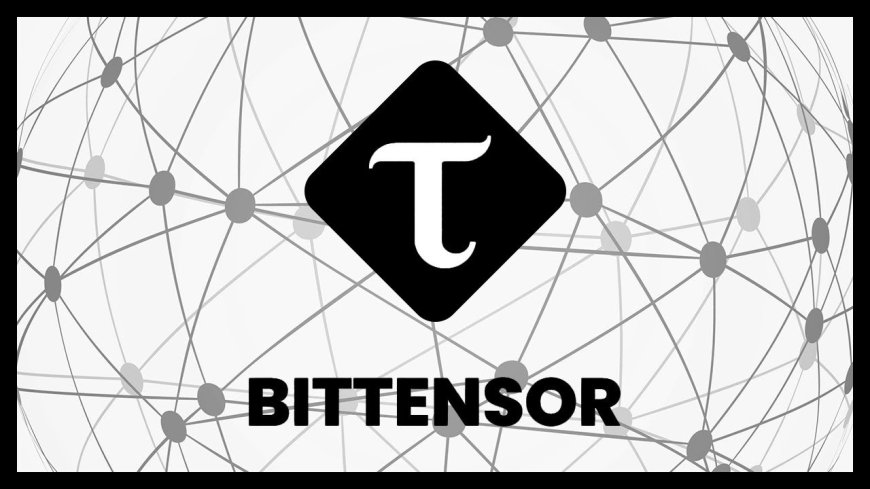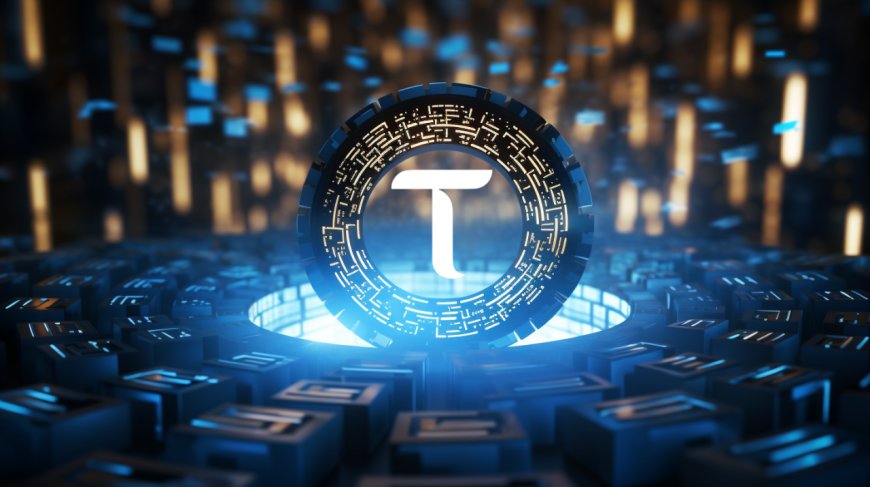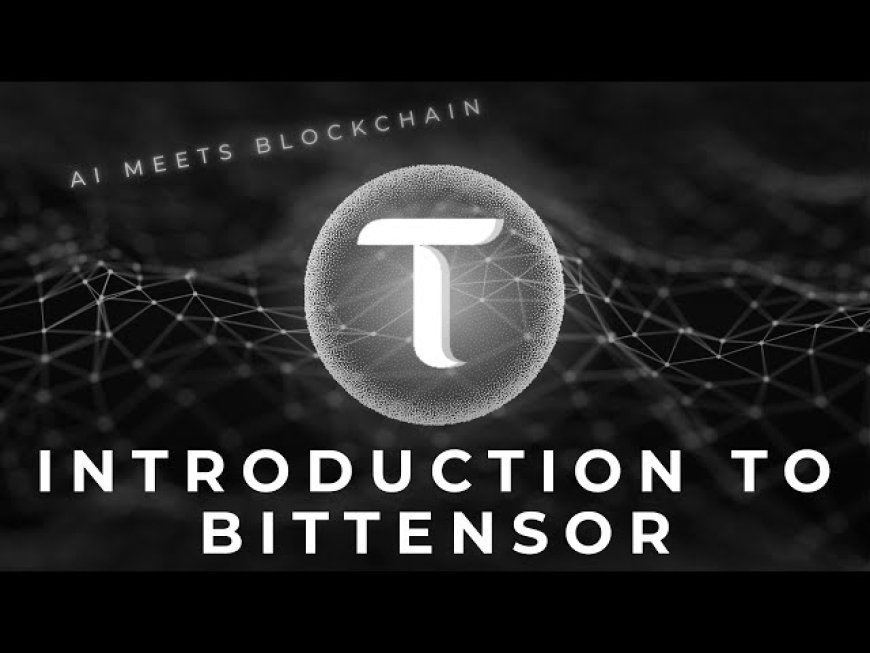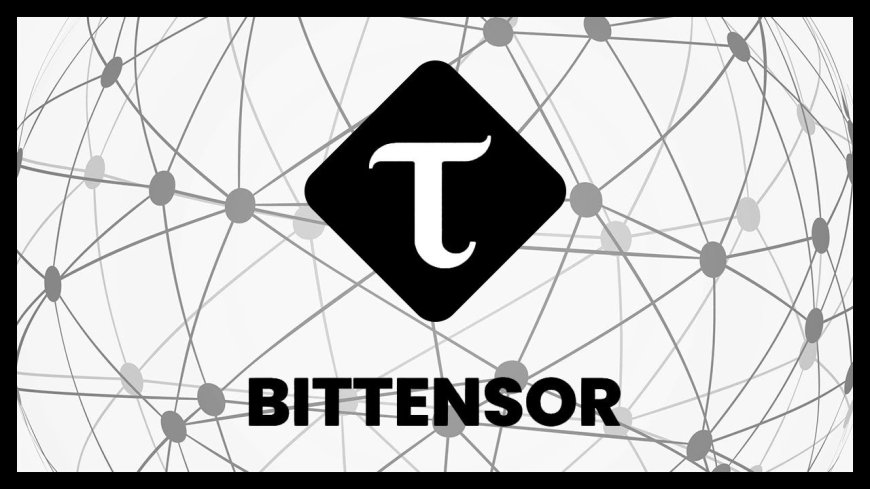The Future of AI: Exploring BitTensor and Decentralized Neural Networks
Artificial intelligence (AI) is rapidly evolving and is poised to become the next big thing. Have you ever wondered about the future of AI and how it can become more accessible and secure for everyone?

Introduction
Artificial intelligence (AI) is rapidly evolving and is poised to become the next big thing. Have you ever wondered about the future of AI and how it can become more accessible and secure for everyone? If you haven’t given it much thought, now is the time to start. Welcome to Labs, I'm Kenneth, and in this article, you will learn about the fundamentals of BitTensor and why it matters to everyone
Understanding Decentralized Neural Networks
In traditional AI, centralized authorities wield immense power, controlling and processing vast amounts of data. Many large companies today have their own colossal AI brains, responsible for significant decision-making and data analysis. While this centralized approach has its advantages, it raises concerns about whether these decisions always serve the best interests of everyone.

The Shift to Decentralization
A decentralized neural network transforms this monolithic AI brain into a vast network of interconnected nodes, each with its own computational power. These nodes, or miners in BitTensor, operate as a global brain with distributed intelligence. This decentralized AI harnesses the collective processing power of thousands, or even millions, of individual contributors. This distributed approach offers remarkable advantages, including enhanced scalability, improved data privacy, and fortified security.
The Role of BitTensor
BitTensor is at the forefront of this transformation. It's turning the vision of decentralized AI into a reality. To understand BitTensor, we need to explore the roles of miners and validators.
Miners and Validators
Miners are the driving force behind the BitTensor network, providing the computational power needed for complex AI tasks such as neural network training and AI research computations. In return for their contributions, miners earn TAO, the native cryptocurrency of BitTensor. Validators, on the other hand, act as referees, ensuring fair play and upholding the network's standards. Together, miners and validators create a dynamic equilibrium within BitTensor.
The Power of TAO
TAO is the native cryptocurrency that powers the BitTensor network. It motivates miners and validators by rewarding them for their contributions, aligning their interests with the network’s success. TAO isn't just a reward; it’s a unit of value within the ecosystem, used for transactions and accessing network services.

Staking TAO
Staking TAO is another exciting aspect of BitTensor. It's not just about holding cryptocurrency; it's a way to actively participate in the network's growth and stability. Staking involves committing TAO tokens to a mechanism within the BitTensor ecosystem, which serves two main purposes: securing the network and earning rewards. Validators rely on staked TAO to verify transactions and computations, ensuring the network’s integrity.
Why TAO Matters
Owning TAO goes beyond just earning rewards. It carries significant weight within the BitTensor system, serving as the incentive mechanism that drives miners and validators to contribute their computational power. TAO is versatile, used for conducting transactions, accessing network services, and applications within the BitTensor ecosystem.

Conclusion
In summary, TAO is the driving force behind the BitTensor network. It incentivizes miners and validators, facilitates transactions, and powers various network services and applications. The future of AI isn't just about powerful algorithms; it's about creating a decentralized, secure, and scalable network that benefits everyone.
At Labs, we are excited about the incredible potential of decentralized AI and how BitTensor is leading the charge in this transformative space. Stay engaged and explore more about BitTensor to understand how it can shape the future of AI.
















